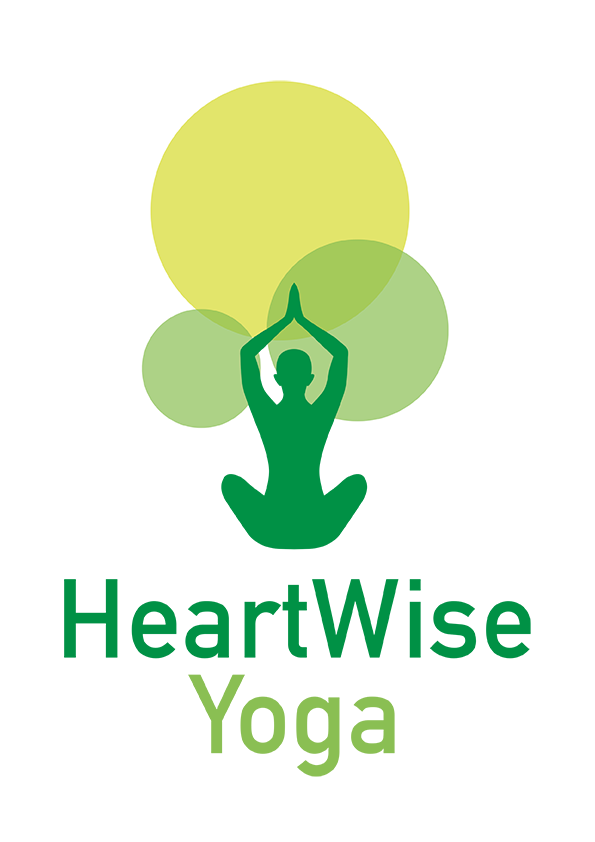How do you look at, or even talk to, yourself?
Like you probably did, I grew up with mirrors in my house. Throughout the years, I learned to get to know myself through the mirror – yet mostly, and obviously, at a physical level. Yet, it is only thirty plus years after my first “self-look” that I realized how critical I was when looking at myself.
One day I would scrutinize my hair; another day, my outfit. A third day the width (or narrowness) of my shoulders; and a fourth, the shape of my body. Sometimes, I would experience a surface-level, kinda satisfaction as I saw myself, an unconscious you’re-OK-to-go phrase as I met my eyes. However, perhaps each time, explicitly or not, I would be judgmental towards myself. Can you relate?
Mirrors help one get a realistic image, at an objective level, of what is, which is neutral in itself. What is less neutral, however, is when we use them with a critical and always-comparing mind: we then dig the wound of unworthiness or insufficiency that we all need to heal to some degree a little deeper.
Three years ago, I listened to an interview of Shauna Shapiro about her book “Good morning, I love you”. She was basically advocating for us to pronounce this sentence first thing in the morning as we cross our gaze in the bathroom. I remember. I tried. It felt like one of the most uncomfortable things I had ever tried. Then I kind of forgot about it. A few months ago, I was shaving in front of the mirror, and I remembered. I started to look into my own eyes as I would look at someone dear. From the wisdom of ancient teachings, I had learned how in every person there is depth, goodness, and beauty – it is simply a law of nature. I don’t think I ever had truly tried it on myself. I kept my gaze up, and one tear appeared. Not a radical change, perhaps, and yet a significant step for me.
The step of Acceptance
If you have read a couple of self-help books or listened to a few podcasts on personal development and spirituality, you have most likely heard about the importance of acceptance.
Acceptance is not giving up or enduring anything coming our way. Acceptance is to stop resisting. Acceptance is about opening our arms, not to suffer some more, but instead to welcome what is here and now, and relax into it. Acceptance is only possible if we create space for it first, by awareness and presence.
First, we slow down, we pause. Second, as we notice what is here – a particular feeling, a physical sensation, our breath, a tree, our own gaze in the mirror, or even the rain, we make space for it. We basically stop masking what is undeniable, we exhale, and we enter the moment fully. Third, although only if relevant and not too quickly, we can take any relevant action. “Non-action,” remember, is also an action. You might know this three-stage process (Awareness, Acceptance, Action) from various schools, and original to the wisdom of twelve-step programs.
Training Acceptance with Meditation
What the yogi, the meditator, and anyone engaged in a mindful practice do in practice is to: 1) pause, and set up the “quiet stage”; 2) be with what is, direct an awareness to the mental, physical, emotional or/and more subtle realm(s), and accept it; 3) take the “action” of tending to what is, observe it, breathe with it, give it room, movement, or another mindful expression.
When we for example meditate, we directly cultivate self-acceptance. By first tolerating and then embracing the moment, again and again, meditation directly rewires the brain and the body-mind-emotion patterns to find more ease in what is. Ultimately, this translates into unconditional love, which you also most likely have heard of (and perhaps, like me, have wondered “how in the world is it event within reach?”).
Most of our suffering comes from our resistance to what is. Whether originating in or reinforced by our judgmental look in the mirror or not, our unhappiness (I mean at a deep, long-term level) intrinsically expresses our direct non-acceptance of, and all of what we do to avoid, what is hard to accept.
Therefore, we accept the breath, and the simple movements of the belly rising and falling, respectively, with our inhale and exhale.
You can access freely a few of my audio meditation guides on my blog page.
Outside the cushion, we accept the rain. We accept the line at the store. We accept our grief, and we accept our joys. We accept the gifts we receive, the delight of feeling the first springy sunrays on our face, and we accept the attention coming our way – from our dearest ones and even the song of the birds and the smell of the flowers. We accept our plans dissolving for uncontrollable reasons, our disappointment, and our deep heart-felt desires suddenly knocking at the door of our mind.
We accept love, always present and available even in the deepest of the depths, in our own gaze and in the space around us.
ACCEPTANCE IN PRACTICE
This Sunday, I am excited to offer an in-person meditation immersion of four hours. We will cultivate acceptance of the moment with various techniques and recognize the stillness that has been here all along. Read more about the workshop “Into Stillness” at the Yoga Flat page.
Stillness and acceptance will also be two themes we will dive into at the next retreat, co-lead with my wonderful friend and colleague Cecilie Svensson, entitled “Fulness & Emptiness” and taking place on Møn, Denmark, from Sept 28th to Oct 1st, 2023. It is starting to fill up, slowly. Let me know if you have questions. More info and sign up here.
TRAIN AND TRANSORM YOUR PRACTICE AND YOURSELF!
If it is calling you… Now is the time!
200-hour Teacher Training and in-depth Yoga Studies from August to January, in Copenhagen with Nicolai Boas. Deepen your practice and embark on a transformative and fun self-discovery journey with me, Nico, and other committed yogis. Read more and register here!
As always, I am always happy to hear from you, so feel free to drop me a line or two.
I wish you a soft and vibrant spring, and I hope to connect with you soon.
Much love and acceptance
Cédric

